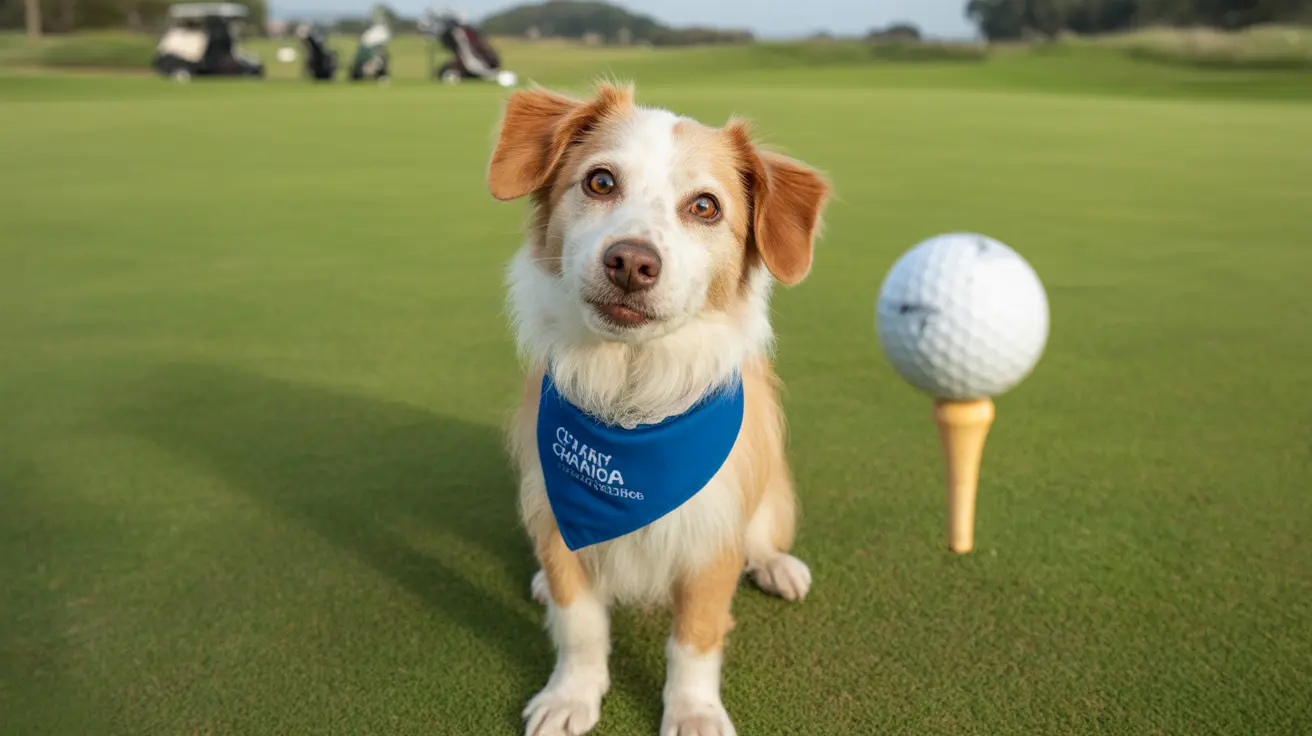Safe Seafood Options for Dogs: What Can Your Pup Eat?
Many pet owners enjoy sharing their favorite foods with their furry friends, but when it comes to seafood, safety and nutritional value are crucial. Seafood can be a healthy, protein-rich addition to your dog's diet when chosen and prepared correctly. This article explores the types of seafood dogs can safely eat, the benefits and risks, and how to serve it properly.
Benefits of Seafood for Dogs
Adding seafood to your dog’s diet can offer several health benefits:
- High-quality protein for muscle development and maintenance
- Omega-3 fatty acids that support heart health, brain function, and a shiny coat
- Low in saturated fat, helping maintain a healthy weight
- Vitamins and minerals such as zinc, selenium, and vitamin D
Safe Seafood Dogs Can Eat
The following types of seafood are generally safe for dogs when properly cooked and served in moderation:
- Salmon: Rich in omega-3s; must be cooked thoroughly to avoid bacteria and parasites
- Tuna: Offers lean protein and nutrients, but should be given infrequently due to mercury content
- Whitefish: Includes cod, tilapia, and haddock; easy to digest and nutritious
- Shrimp: Low-calorie and nutrient-rich; must be peeled and fully cooked
- Sardines: Packed with calcium and omega-3s; choose those packed in water and without added salt
Seafood to Avoid
Some seafood can be harmful or even dangerous to dogs. Avoid feeding your dog:
- Raw fish: Risk of parasites and bacterial contamination
- Shellfish like clams, oysters, and mussels: May contain harmful toxins or be difficult to digest
- Fish with high mercury levels: Such as swordfish, king mackerel, and tilefish
- Smoked or seasoned fish: Often contain high salt or spices unsafe for dogs
How to Safely Serve Seafood to Dogs
When serving seafood to your dog, follow these guidelines:
- Cook thoroughly: Avoid raw or undercooked seafood to prevent health issues
- Remove bones: Fish bones are small and can cause choking or digestive injuries
- Use no seasoning: Serve plain, without salt, butter, garlic, or onion
- Serve in moderation: Treat seafood as an occasional addition, not a daily staple
- Watch for allergies: Monitor your dog for signs of intolerance like itching or gastrointestinal upset
Signs of Seafood Allergies or Toxicity
Every dog is different, and while seafood is generally safe, some dogs may react poorly. Symptoms to watch for include:
- Vomiting or diarrhea
- Itching or skin rashes
- Swelling around the mouth or eyes
- Difficulty breathing (seek emergency care immediately)
Final Thoughts
Seafood can be a nutritious and delicious occasional addition to your dog’s diet when chosen and prepared correctly. Always consult your veterinarian before introducing new foods and monitor your dog for any unusual symptoms. With the right precautions, your dog can enjoy the flavors and health benefits of the sea safely.





